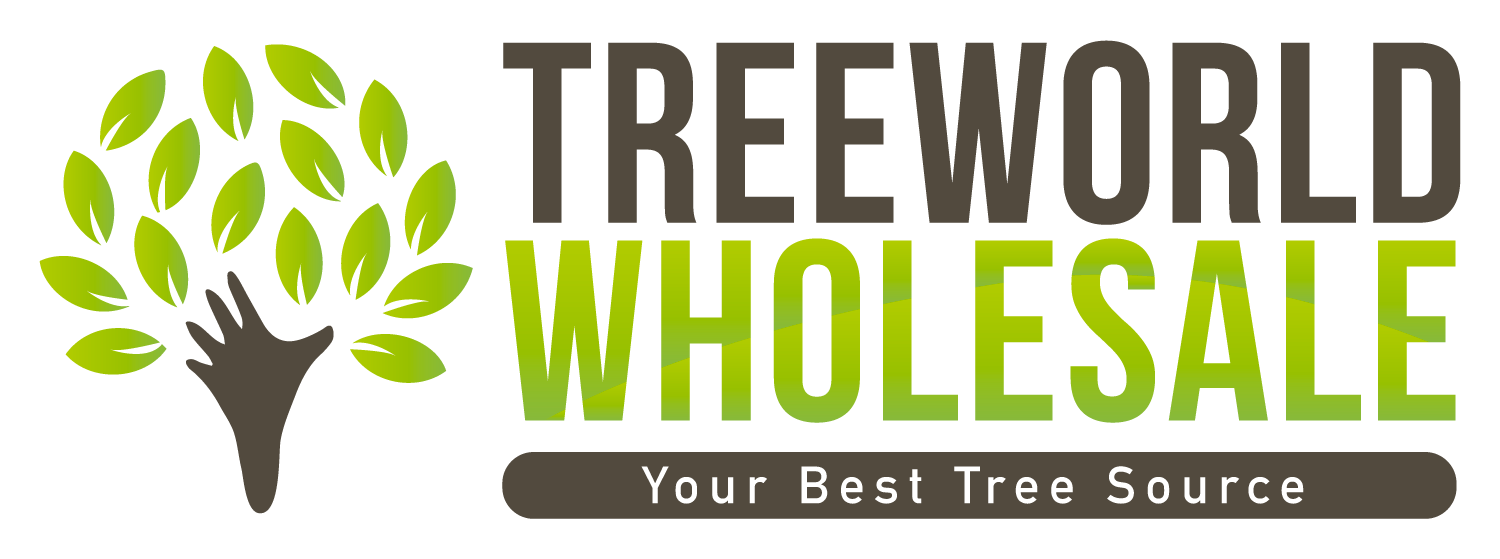Gardening soils are very important! As a luxuriant and healthy collection of trees is evidence that the gardener is aware of the soil requirements of the species under cultivation; and has a basic understanding of soil science. Before addressing gardening soils for South Florida, proper background is important.
Gardening Soils: Now and Then
As soil science has its origins in the 19th Century, right with to attempts to improve crop productivity by replacing nutrients removed from the soil. Mostly by harvesting, with the applications of appropriate formulations of fertilizer. These early efforts led to soil classification and mapping and an appreciation that soils were a valuable natural resource.
Furthermore, the success of modern gardening is built upon scientific soil management. And the evolution of the different tree types and species around the world under contrasting soil conditions in their native areas.
Types of Soils and Their Characteristics
Although, in some instances, trees are tolerant of a broad range of soil types; but in other cases a tree may require very specific conditions to flourish. Mostly, soils are made up of sand, sild and clay, from the decomposition of rocks of various types.
And the characteristics of soils are divided in to four main properties: physical, chemical, biological and organic content. For instance, physical properties refer to the texture, particle size, structure, density and drainage. Also, erosion is sometimes part to this list if it is a factor.
Furthermore, chemical properties pertain to the pH, nutrient availability and salinity. While the biological properties relate to microbial and faunal activity within the soil; such as mycorrhizae and earthworms. Finally, the organic element of a soil includes the residues of plants and animals; at various stages of decomposition to release their mineral components.
Soil assessments are typically around these four subjects. And what we know so far is one-dimensional and refers only to the soil at the surface. But soils have another dimension, a profile of soil horizons moving downward from the surface which is another important aspect of any soil.
Horizons
As, soil types are made up of three or four distinctive horizons of varying thickness from the ground surface to parent rock. Beginning at the surface, the O horizon consists of organic matter at a no decomposition stage. While, the A horizon is the surface soil and is mainly of organic matter and mineral soil along with soil fauna. Finally, the B horizon is the subsoil, mainly or partially of rock material in decomposition stage, many times due to a physical and/or chemical modification process. And, the parent rock is the final horizon, the raw material for future soil. Tree roots are predominantly in the A horizon, and sometimes extending into the B horizon.
What Type of Soil Dominates in South Florida?
In South Florida, the typical soils are mostly from limestone rock. These soils tend to be porous such that the A horizon and into the B horizon do not retain water or nutrients very well. They have a high pH (about 8) with a water table generally just a few inches below the surface. Areas of poor drainage are natural swamplands, with a surface layer of humus (muck).
Besides, in some areas exist of rocky outcrops or pockets of sand. Successful gardening in typical limestone soils requires either the cultivation of trees which tolerate high pH soils, e.g. native trees. Or the amending of the soil to make it more neutral and acceptable for exotic trees. Mostly, because of soil porosity, trees may require supplementary watering, along with fertilizer application; to provide the nutrients the soil cannot retain. The recommendation is the use of some commercial fertilizer containing nitrogen and potassium. Consequently, because of water pollution issues, phosphorous is not part of South Florida fertilizer. And most trees grow well in light clay-loam soils, with good drainage.
It is important to know the soil requirements of the trees in your garden. We recommend testing the soil in order to determine the ideal amendments, and natural soil conditions can be overcome.
If you need more information on an specific variety, feel free to contact us!
Enjoyed the read? You may also like: Why are native trees important!




Post a comment